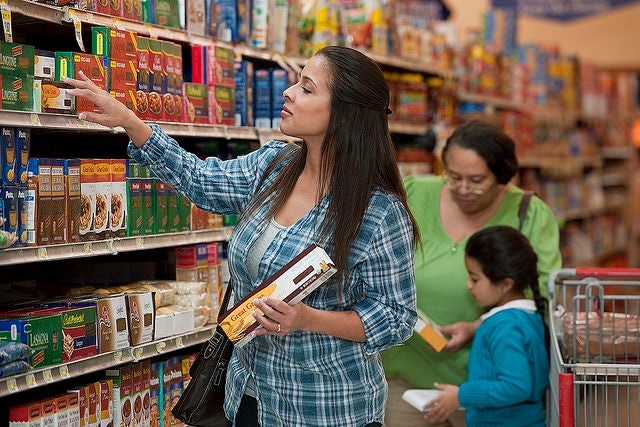
Food insecurity is down in Illinois, according to data from Feeding America’s Map the Meal Gap 2014 study, but there’s still plenty of work to do. This can be seen in the reality that many Latinos are not asking for the help that they may need.
Socorro Zapata, Kitchen and Emergency Food Assistance Program at St Pius Church, located in the Pilsen neighborhood of Chicago, says “one of biggest challenges is that in the Latino community people ask for help at the very last minute.”
Often times, undocumented families are the ones seeking for help at the very last minute, as they overcome the barrier of fear in participating in a nutrition program that will jeopardize their chances for future citizenship, according to The Special Supplemental Nutrition Program for Women, Infants and Children (WIC). In fact, the immigration status of a child or the child’s parents does not affect eligibility for programs like WIC. Furthermore, food insecurity may be higher among these families.
In 2012, over 1.8 million people in Illinois were food insecure versus the current 2014 data of 1.6 million people who are living with food insecurity.
According to Feeding America, Latinos are more than twice as likely to be food insecure as White, non-Hispanics. Furthermore, one in five (21 percent) Latinos are food insecure as compared to just one in 10 (10 percent) White, non-Hispanics and one in eight (13 percent) Americans overall.
Additional data from Feeding America shares that for Latino children, nearly one in four Latino children (24 percent) lives in a food-insecure household as compared to one in seven White, non-Hispanic children (14 percent).
The Chicago Greater Food Depository website shares that food insecurity can be episodic, and people sometimes require assistance once, for a few months, or on a regular basis. Sometimes people might have to compromise between paying for food versus paying for medical bills or housing.
Feeding America’s Latino Hunger Facts, shares that among the Hispanic/Latino population, “Latinos are disproportionately affected by poverty, food insecurity, and unemployment. They are also more likely to receive emergency food assistance than their White, non-Hispanic peers and less likely to receive SNAP benefits.”
